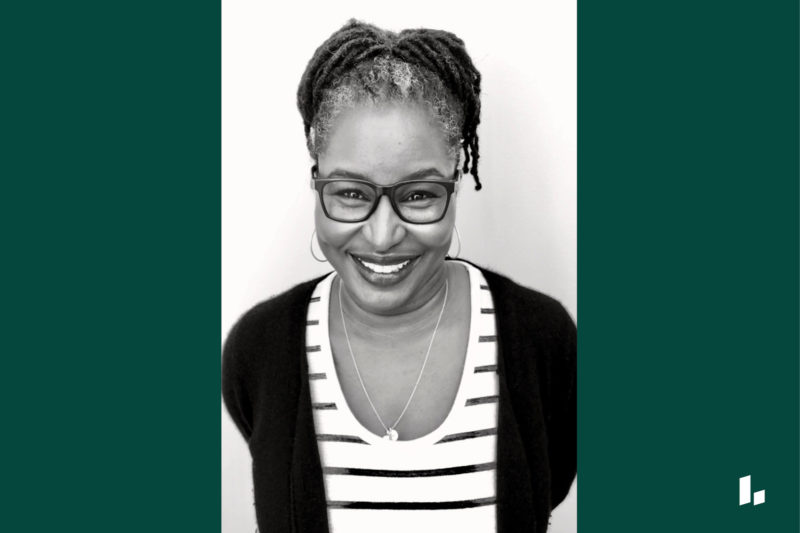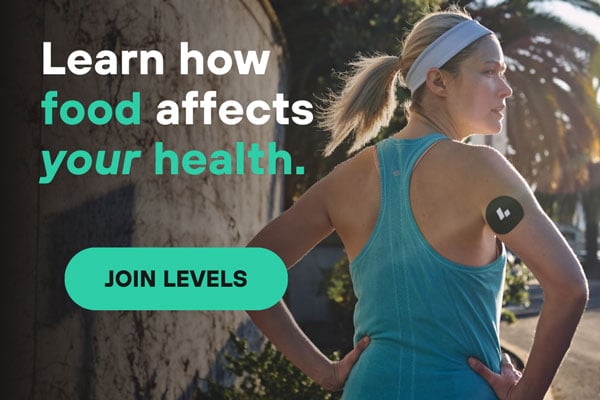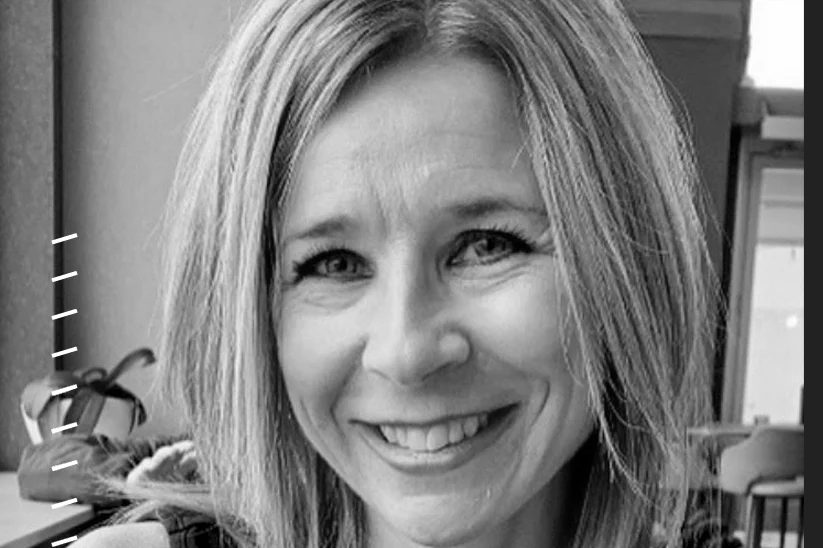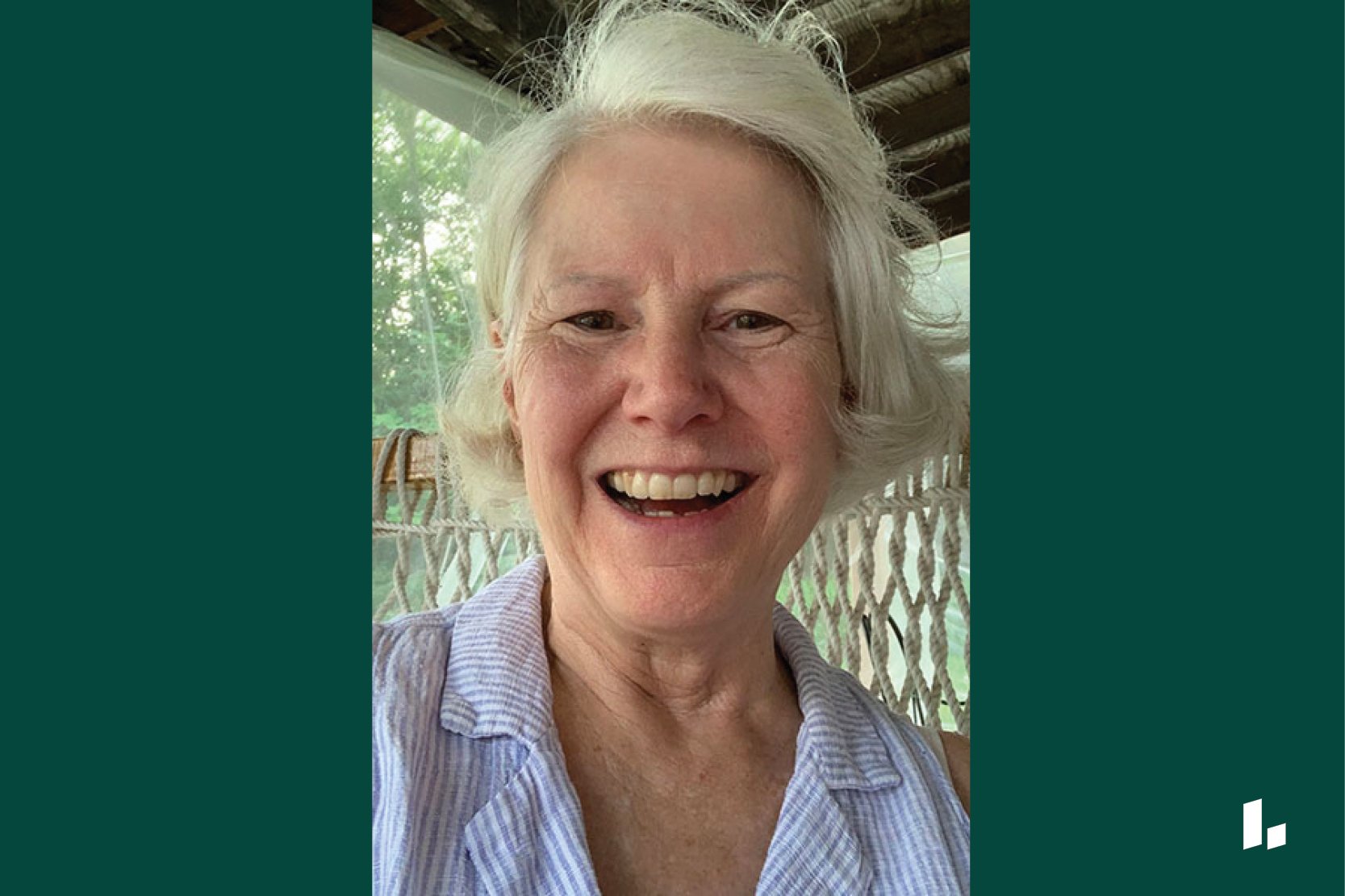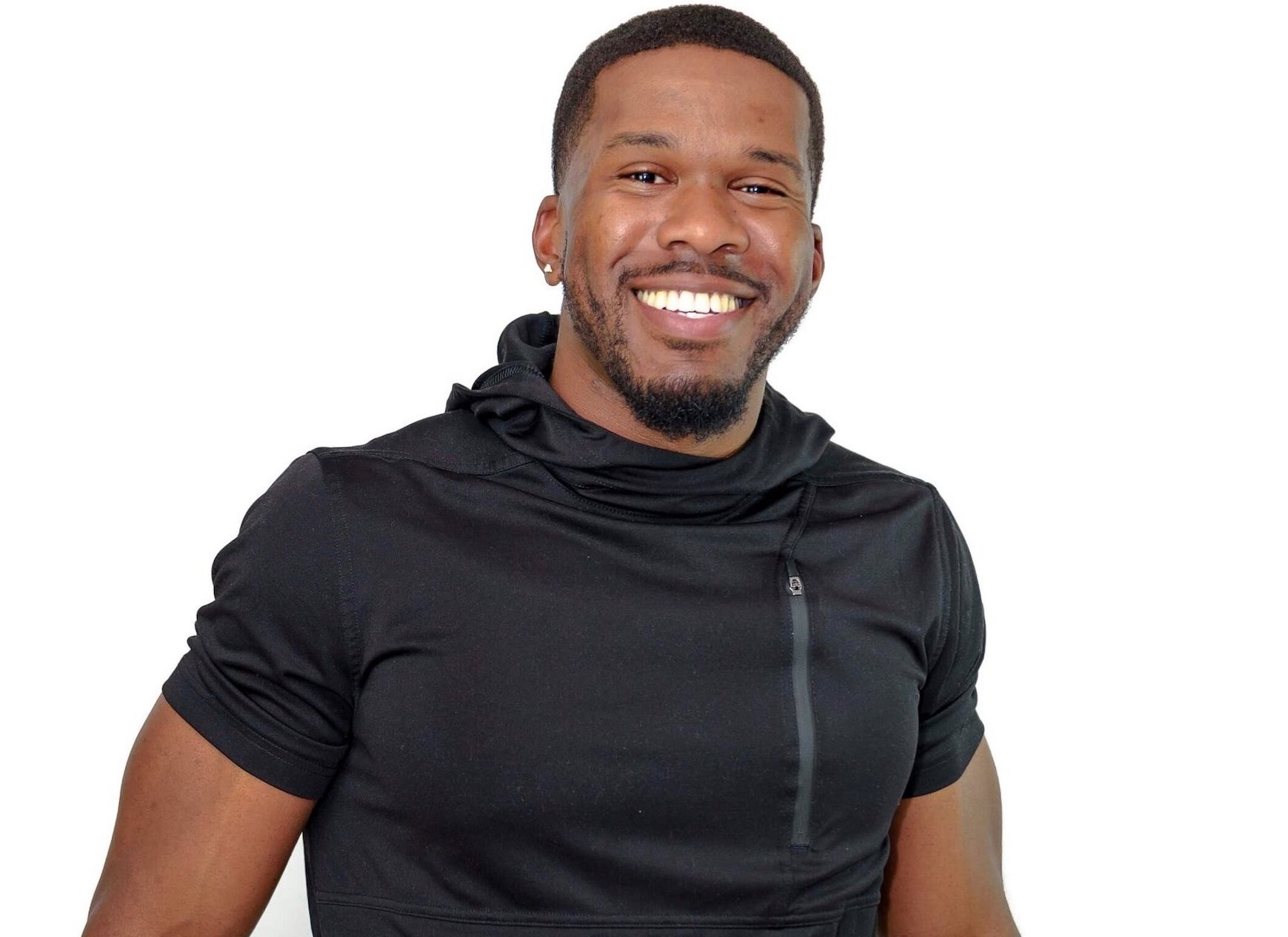Member Profile
Who: Natalie Lumpkin, 56
Where: Seattle, Wash.
Time with Levels: 1 month
Most useful takeaway: My 82-year-old father, who has diabetes, is finally measuring his blood glucose–and it’s all because I’m doing Levels.
1. What was your diet like before wearing a CGM?
Fifteen years ago, I stopped eating beef and pork, and I no longer eat chicken. I’m also slowly stopping consuming fish, so I’m moving toward more of a vegetarian or vegan diet. I’ve always been very conscious of what I’m putting in my body, in part because of how I was brought up. My mother was doing organic before it was cool. We grew up stirring our (natural) peanut butter, drinking raw milk, eating whole wheat bread, and avoiding sugary cereal. We always had big gardens to grow our own produce.
Despite that attention to food, my parents both have health issues. My father has high blood pressure, heart problems, and diabetes. That has made me very aware of how I take care of myself.
2. How did your CGM experience inspire your family?
I felt like I was doing all the right things, including eating a healthy diet and exercising. But I had no idea what my metabolic health was like. Then a friend raved about how she had lowered her A1c with this new program. So when she referred me in, I jumped on it.
But … then it just sat there for a month.
I opened it up and saw that needle and I was terrified of punching it into my arm! At the same time, my dad had had a stroke and finally got a CGM prescription from his doctor, but he hadn’t filled it. He really needed to, though, because his diabetes was unmanaged; he wasn’t taking his blood sugar readings at all.
“A CGM puts information into people’s own hands. They get to decide how to act to potentially avoid the things that plague us the most: high blood pressure, hypertension, and diabetes. It empowers you to take charge of your health.”
But then he offered to apply mine for me. And when he did, I didn’t even flinch. It didn’t hurt one bit. And my dad said: “Okay, I want to do it.” I applied his a few days later, and that’s how he started monitoring. Now he’s aware of his spikes and crashes and can correlate what he eats.
We’re getting him on track and it’s only because I’m doing Levels. My dad is 82. If getting him to check his sugar multiple times a day and change his eating habits buys us six more months or an extra year with him, I’m so happy.
Learn more:
3. What has been the most surprising thing you’ve learned?
When it comes to my diet, bananas in my morning smoothie spike my blood sugar. I also tried intermittent fasting to see how it would affect me. I limited my eating window from noon to 8 p.m. The first two days, I did great. The third day, though, I was hungry and I went into the kitchen at 11:45 a.m. and ate a bunch of sour gummy candies. I’m not even a candy or dessert eater. And I saw a jump in my glucose.
Sometimes, I’ll eat what feels like a healthy meal, but doesn’t show up that way. The other night I made a salad with kale, asparagus, peas, and a roasted potato medley with almonds and butter cheese. My score was a six. That was a surprise, but I realize now, it was probably the potatoes. Also, Asian dumplings scored me a five.
4. Are there any changes you’ve made that you think will become permanent?
Absolutely. Before the CGM, I wasn’t eating consistently. I’d run my body off of my coffee in the morning, snack a bit during the day, and then eat dinner. Now that I’m scanning and checking my levels, I make sure to eat mid-day. Now that I’m eating regularly instead of just whenever, I notice that I’m more alert during the day—less brain fog—and sleeping better at night.
5. You’re an advocate for healthcare access and programs for the Black community, and you’ve said that a CGM could help people take an active role in their health. Can you tell us more about that?
The experience I’m having with my dad right now is an example of this. I would love to give people within my community a CGM so they can manage their blood sugar themselves. Seeing their numbers would help them make decisions on their own. That’s huge because there are so many barriers to caring for chronic illnesses. You have to schedule a doctor’s appointment, take time off work, and figure out transportation to get there. There is also this stigma of not trusting the medical community. A CGM puts information into people’s own hands. They get to decide how to act to potentially avoid the things that plague us the most: the high blood pressure, hypertension, and diabetes. It empowers you to act to take charge of your health.
